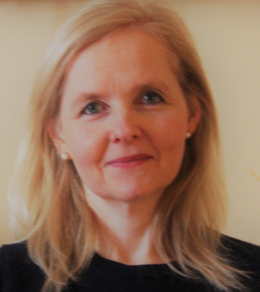Take a moment and envision in your mind’s eye what you would like our community public schools to look like and be able to offer. Consider such things as class size, course offerings, extracurricular activities, recruiting and retaining high quality teachers and educational support staff, facility qualities, options for student learning, and so forth. Be creative and innovative in your thinking.
Then think about what you would like for each of our graduates. For me, my vision is that each student will become a competent, confident, curious, caring and contributing citizen. Years ago, an elder told me on a flight from Tanana to Kaltag that we expect a lot of our high school graduates. However, he said, we need to look a few years further down the line after they have a chance to reflect on what they learn, gain experience, and mature. That is when we see who they are. Since then, I have loved to see my former students in their mid-20s and beyond as they engage in careers and begin families.
So how are we doing? Consider this. Our graduates are accepted by the thousands to colleges and universities throughout the country and indeed the world. Millions of dollars are earned in scholarships. Graduates are stepping right into union apprenticeships. Fairbanks and Alaskan educated students are starting their own businesses, taking over family enterprises, staffing our health facilities, schools, shops, running for local and State office, raising families. Alaskan educated students are making a name for themselves, nationally and internationally, in music, the arts, professional sports. Graduates volunteer their skills and talents locally, nationally and internationally. I could go on, but are these signs of a deficient system? Absolutely not.
To continue these successes and to importantly meet the needs of current and future students will take a protracted investment in public education within our state and community. School districts in Alaska do not generate revenue for themselves. They are dependent upon the public coffers from the state, municipal and federal governments. Since 2017, the value of the Base Student Allocation dollar has decreased steadily in the face of inflation and rising costs.
Regardless of student enrollment due to overall population declines, both locally and statewide, the cost of operating schools and meeting staffing needs continues to increase. In addition, one-time supplemental appropriations to school districts have decreased. Indeed, last spring one legislative presentation pointed out a 30-year steady decline in state dollars for public education -one of the lowest investments of any state in the union.
Investment is not just a matter of bringing 2017 dollars up to current dollar buying power. Rather it is making up for the losses experienced over multiple years in which districts have steadily cut programs and services for students. These have been years of staff reductions reflecting a loss of talent and expertise. Public education needs to be brought whole again, and then, it needs the additional monies to move forward to provide students — our children — with the educational opportunities they deserve. It should be noted that a similar situation exists for the Alaska University System with whom (pre)K-12 works in partnership.
While one-time supplemental funding as allocated this year by the legislature is helpful and greatly appreciated, it does not provide a stable base for planning and long-term services for students. It is like a business purchasing a piece of equipment but then not investing money for fuel, oil, maintenance and an operator. It is short-term thinking without investing for the future.
Are there challenges facing schools. Yes! However, when there was an issue with the Cushman Street overpass heading to North Pole, we invested money to repair it. When a road surface is deteriorating, we invest money and repair or resurface it. It is now time to likewise invest in public education. That investment will determine how we meet our community’s vision for our local public schools. Invest in our children.















